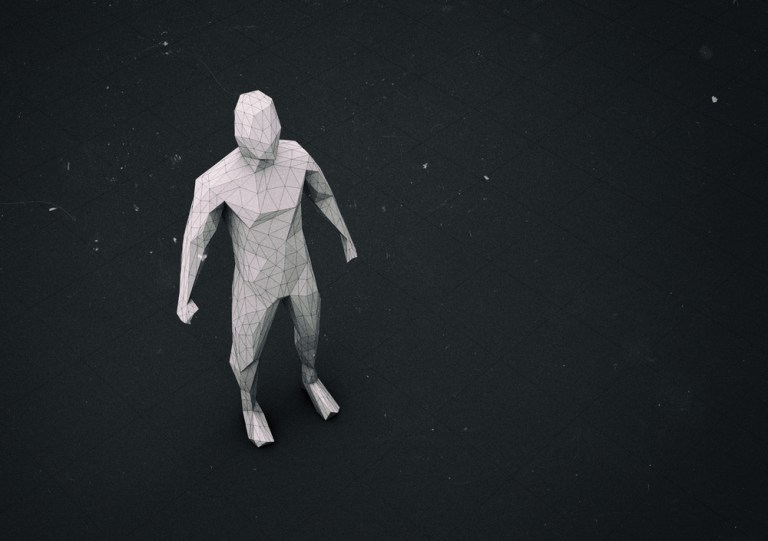
More big news from the ongoing Consumer Electronics Show (CES) 2017 — this time for the augmented reality space. Google’s 3-D-scanning, depth-sensing technology Tango, which uses special cameras and sensors in mobile devices to overlay digital images in physical space, announced two new retail partnerships with BMW and Gap at CES yesterday.
With the new technology, BMW is reportedly testing a new mobile app to display 3-D renderings of its two new vehicle models — i3 city vehicle and i8 sports car — that shoppers can walk around, placing it to look lifesize inside their driveway or garage. With the app, users can alter the image to feature different colors, trims and wheels to find the best fit.
Gap will be using the Tango technology to allow shoppers to test fit clothes via mobile app. These partnerships hint at where the future success of handheld AR lies — in the retail and vehicle industries. For now, the technology is limited in its scope, as only two smartphone models currently feature the capability — the Lenovo augmented reality (AR) smartphone and recently the ZenFone from Asustek Computer Inc. The majority of Android phones aren’t enabled to handle Tango’s AR.
But AR features are the next frontier for many tech and software companies. Microsoft, Facebook and Snapchat are all investing in both AR and virtual reality (VR) research and development. Apple has hinted at working with AR, though it has announced nothing specific.
Some businesses already have AR functions for pre-purchase trials and design planning, like Nordstrom, Adidas and Sephora’s virtual fitting rooms, or 3-D home décor modeling like the kind HSN rolled out in September. The current hype surrounding AR can draw in new customers to a brand that implements it, while AR’s ability to increase user participation can work toward customer retention.
The International Data Corporation estimates that the market for AR and VR technologies is set to boom — projecting growth from about $5.2 billion in 2015 to $162 billion in 2020 as the technologies rapidly improve and become less expensive to produce and distribute. Globally, 59 percent of companies reportedly plan to develop or use AR in some capacity in the next year. In North America, where a majority of AR developments are expected to originate in these early years, that number is 62 percent.